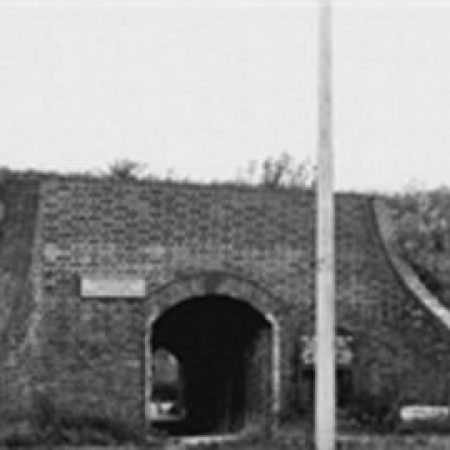The naval ordnance depot in Portsmouth was transferred to Priddy`s Hard, Gosport between 1768 and 1771. The move was following an explosion at the previous store in the city. This resulted in a petition from Portsmouth Corporation that the magazine be removed to a safer area.
The new site was in continual use as an ordnance store until about 1960. The archive created by this activity remained on the site in the care of the Naval Ordnance Museum until that museum closed in 1987. The archive was then crated up and inaccessible to the public, and it was partly the demand of searchers wanting access to it that led the National Archives to ask the County Council to make provision for it at Hampshire Record Office under the terms of the Public Records Act.
The archive (HRO ref.109M91) comprises nearly 200 boxes of papers and a similar quantity of bound volumes. It includes correspondence, ships warrants and lading bills from the Portsmouth and Gosport depots from 1696 to 1795, with the German campaign of’ 1758-62 particularly well represented. It also covers the provisioning of British troops and ships sent to America during the American War of Independence.
An interesting group of letters concern problems of discipline within the army; they seem to be with the collection because one of the naval ordnance officers served abroad as commissary. ‘The letters include one relating to Daniel Fellows. Daniel, imprisoned in Hamelen in 1762, begs release from “this nauseous confinement”, where he is being “devoured of vermin” apparently as a result of drunkenness and rioting, which “I can no ways remember”. Other papers relate to the development of the Priddy’s Hard site.
During the 19th century Priddy’s Hard became a centre for torpedo development and training. The archive contains an album of very rare mid 19th century photographs of torpedo manufacture in the workshops, as well as Torpedo School annual reports, 1881-1938.
Outstanding among the later papers is the series of Gun Books, which in 127 volumes lists each gun, calibre by calibre, made for naval use from 1914 onwards, to what ship they were assigned, and what became of’ them – usually scrapped or lost at sea. These have been in great demand by naval historians and by gunners who served on the ships concerned.
HAT Newsletter, Spring 1992, pp. 13-14, which also contains, on pp. 41-44, an amusing account by Jennifer Thorp,Archivist to the Trust, of the practicality of making such a major transfer of archives.

